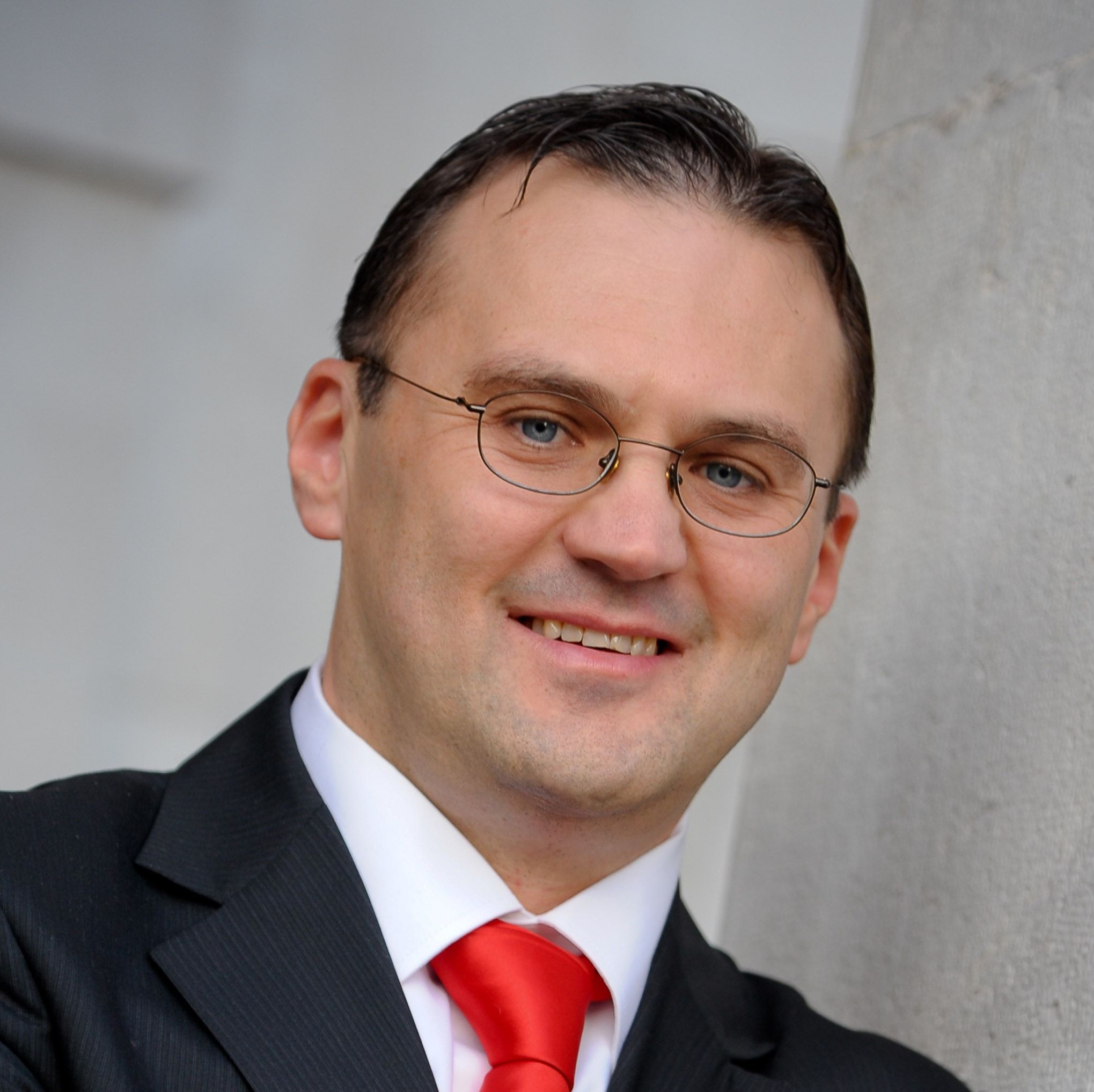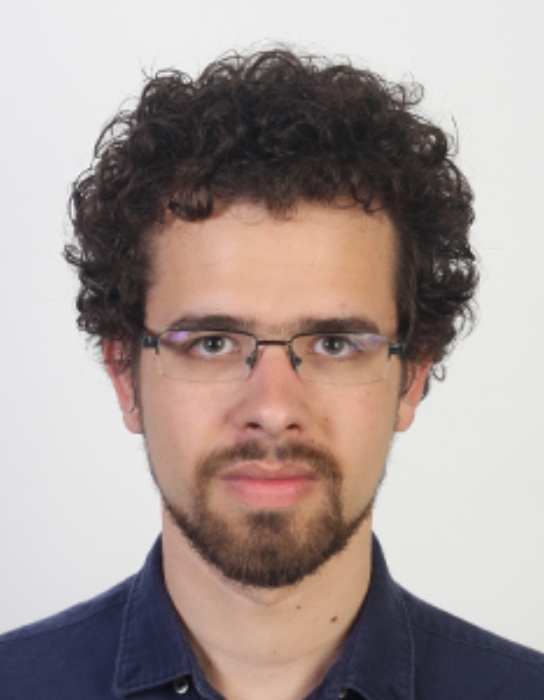Odjel za antene i širenje elektromagnetskih valova
Odjel za teoriju i primjenu mikrovalova (MTT), Odjel za antene i širenje elektromagnetskih valova (APS), Združeni odjel AES i GRS, Odjel komunikacijskih sustava HATZ te Zavod za radiokomunikacije Fakulteta elektrotehnike i računarstva pozivaju vas na predavanje:
Integrated Microwave Sensors in SiGe with Antenna in Package: From Concepts to Solutions
koje će održati prof. dr. Andreas Stelzer, Johannes Kepler University, Linz, Austrija. Prof. Stelzer je Distinguished Microwave Lecturer za razdoblje 2016. - 2018.
Predavanje će se održati u petak 16. rujna 2016. u 11:00 sati u TCR FER-a (telekonferencijska dvorana), zgrada A – prizemno.
Sažetak predavanja i životopis predavača nalaze se u nastavku obavijesti.
Abstract:
In the last years wireless sensor systems operating in the microwave and mm-wave range became more and more popular. Automotive radar sensors are still the driving force for a higher integration of mm-wave sensors and thus pave the way for applications even in completely new areas. Especially industrial and life-science applications require additional functionality, smaller size, higher accuracy, easier applicability and imaging capabilities, which leads towards flexible multi-channel multi-mode Systems-on-Chip (SoC) and Antenna-in-Package (AiP) solutions, with most RF-parts included.
The lecture treats various aspects of radar and frontend concepts with respect to integration and begins with basic radar principles (FMCW, Pulse, PRN, OFDM) and realizations like mono-static or bi-static and their integration into a small package.
The signal evaluation part covers a simple FMCW signal model, extended towards MIMO operation, and concepts for TDMA-, FDMA-, and CDMA-MIMO realizations. Furthermore, a simultaneously transmitting multi-beam sensor combining FDMA transmit phased array with a DBF receiver is introduced. Performance degradations caused by signal imperfections, e.g. due to noise or ramp non-linearity will be analyzed and performance bounds by means of the Crámer Rao Lower Bound stated.
The integrated basic building blocks VCO, mixer, LNA, PA, realized SiGe-technology, form the core components of various integrated prototype systems. With advances in the packaging technology the handling of mm-wave components becomes much easier; a requirement for most new application areas. The introduced eWLB packaging technology serves as basis for the additional integration of the Antenna-in-Package (AiP).
With the wide availability of commercial mm-wave chipsets, the antenna as interface to the measurement problem on one hand and the signal processing algorithms on the other hand remain as the main design tasks of the application engineer. Combining the MIMO principle with non-uniform antenna arrangements allows to increase the number of virtual receive antennas. Signal coupling, a major issue in highly integrated devices, generally degrades the performance. In that context a worst-case beam pattern estimation due to statistical errors will be shown.
The last part of the lecture deals with realized systems of highly integrated SiGe-based sensors covering frequencies from 24 to 160 GHz and applications for 3D-surface monitoring in harsh environments, polarimetric edge detection, as well as low-cost AiP based mm-wave imaging at 160 GHz.
Biography:
Andreas Stelzer (M’00) was born in Haslach an der Mühl, Austria, in 1968. He received the Dipl.-Ing. degree in electrical engineering from the Technical University of Vienna, Vienna, Austria, in 1994, and the Dr. techn. degree (Ph.D.) in mechatronics (with honors sub auspiciis praesidentis rei publicae) from Johannes Kepler University Linz, Austria, in 2000.
In 2003, he became Associate Professor with the Institute for Communications Engineering and RF Systems, Johannes Kepler University Linz. Since 2008, he has been a key researcher for the Austrian Center of Competence in Mechatronics (ACCM), where he is responsible for numerous industrial projects. Since 2007, he has been head of the Christian Doppler Research Laboratory for Integrated Radar Sensors, and since 2011 he has been full Professor at the Johannes Kepler University, heading the Department for RF-Systems. He has authored or coauthored over 300 journal and conference papers. His research is focused on microwave sensor systems for industrial and automotive applications, radar concepts, SiGe based circuit design currently up to 320 GHz, microwave packaging in eWLB, RF and microwave subsystems, surface acoustic wave (SAW) sensor systems and applications, as well as digital signal processing for sensor signal evaluation.
Dr. Stelzer is a member of the Austrian ÖVE. He has served as an associate editor for the IEEE MICROWAVE AND WIRELESS COMPONENTS LETTERS. Currently he serves as Co-Chair for MTT-27 Wireless-Enabled Automotive and Vehicular Applications and he was Awards Chair at the EuMW 2013. He was recipient of several awards including the 2008 IEEE Microwave Theory and Techniques Society (IEEE MTT-S) Outstanding Young Engineer Award and the 2011 IEEE Microwave Prize. Furthermore, he was recipient of the 2012 European Conference on Antennas and Propagation (EuCAP) Best Measurement Paper Prize, the 2012 Asia Pacific Conference on Antennas and Propagation (APCAP) Best Paper Award, the 2011 German Microwave Conference (GeMiC) Best Paper Award, as well as the EEEfCOM Innovation Award and the European Microwave Association (EuMA) Radar Prize of the European Radar Conference (EuRAD) 2008. He is a member of the IEEE MTT, IM, and CAS Societies.


